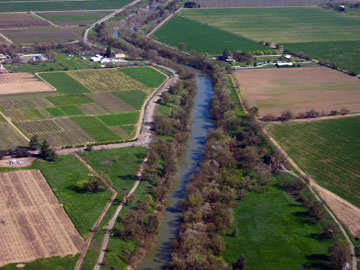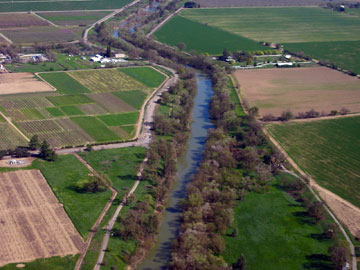
Riparian reserves
Raconteur tells us a worldwide water crisis is looming. The context they give consists of two of i2O’s six major challenges for water utilities: climate change, and population growth and urbanisation.
 The solutions advocated include “integrated technology applications combining water conservation and protection of catchments” and “improved water-use efficiency through such measures as recycling, as well as leak monitoring in distribution infrastructure to cut losses”.
The solutions advocated include “integrated technology applications combining water conservation and protection of catchments” and “improved water-use efficiency through such measures as recycling, as well as leak monitoring in distribution infrastructure to cut losses”.
There are a number of different techniques in use to predict, detect, and fix leaks in the network. Techniques for increasing efficiency depend on the sector using water. The big three sectors are agricultural, industrial and domestic. Domestic usage can be split into usage by volume and ‘open tap’ use. Usage by volume includes baths, toilets, clothes and dish washing. Open tap demand includes showering, washing the car, watering the lawn, brushing your teeth and rinsing.
Domestic appliances have been getting much more efficient in their water (and energy) use. Siemens reports reductions in water use for clothes and dish washing of 30% and 60% respectively over 15 years. Toilet cistern sizes have been reducing – from 9 litres or more to 6 litres or less - and now routinely offer short/long flush options.
In addition to looking to customers to reduce their usage and replace their appliances, water utilities can take steps themselves to reduce leakage and open tap demand by deploying pressure optimisation, one of i2O’s smart network solutions. Making sure that the pressure in the network is only ever as high as is required to deliver a reliable service to customers means the minimum level of leakage from existing infrastructure, and minimisation of ‘open tap’ demand. It also reduces the number of bursts, another source of wasted water, extends asset life, and reduces energy and operating costs.
And then there’s the protection of catchments. Riparian reserves are strips of forest retained alongside rivers in cultivated areas, primarily for their positive hydrological impact. One of them – Putah Creek – is the feature image for this blog.
Tags: Blog, Industry Challenges, LATAM, Europe, Africa, UK, Asia Pacific, North America, Middle East